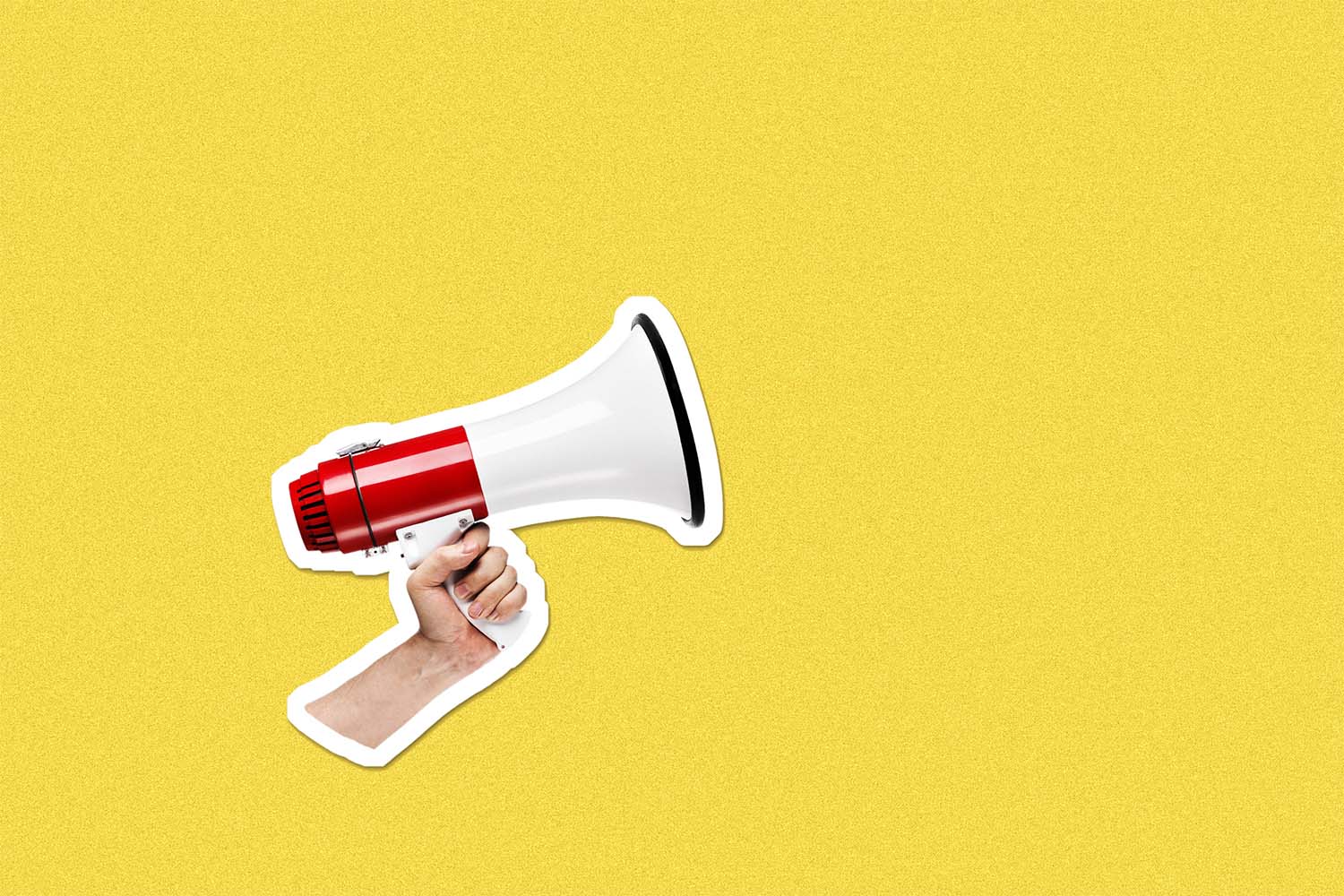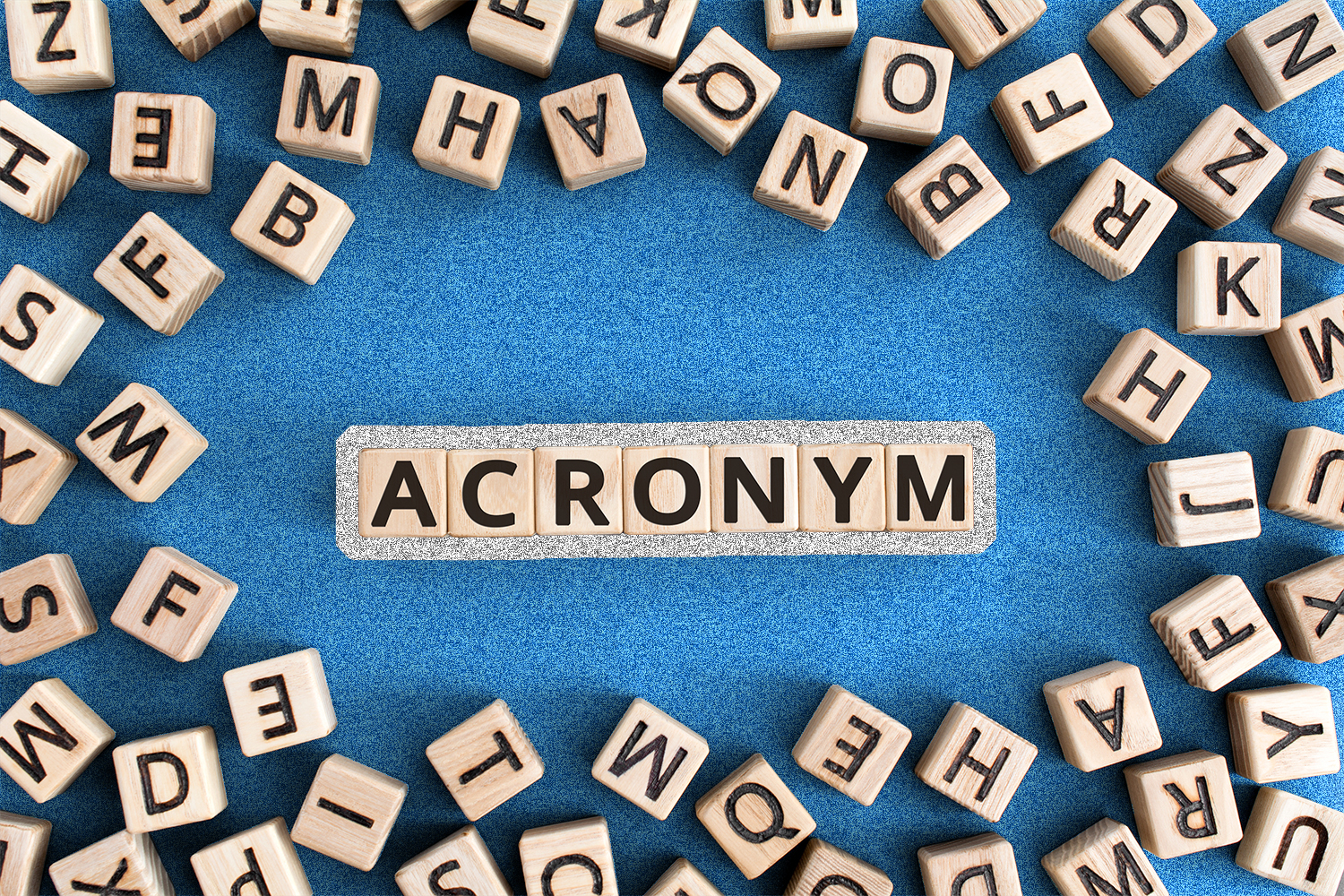The prominence of diversity initiatives in big companies has been on the rise in the past two years — with many companies elevating D&I after the killing of George Floyd and inequality caused by the COVID pandemic. At least 60 firms have appointed their first diversity leader since May 2021.
However, at insurance company New York Life, diversity initiatives have stretched back for over 15 years.
“We formed our Office of Diversity and Inclusion in 2006. And I am the company’s fourth chief diversity officer,” says Kathleen Navarro. In addition to running the company’s diversity initiative, Navarro is also the insurer’s head of talent management.
While Navarro has been a chief diversity officer since 2015, talent management and acquisition were rolled into her mandate in 2019. She notes that the two departments had already been working together closely. Giving her oversight over both branches allowed her team to embed diversity and inclusion values into all parts of the talent life cycle.
“It’s embedded in our leadership profile,” Navarro says of D&I. “It’s core to everything we do.”
During an exclusive conversation with Senior Executive Media, Navarro talked about how New York Life’s program has evolved over time, and the way her team supports the company’s diverse workforce. Read the edited conversation.

When we talk about inclusion, we examine how people feel and do they belong.
Kathleen Navarro, New York Life Chief Diversity Officer and Head of Talent Management
Senior Executive Media: Can you go into the evolution of your D&I program?
Kathleen Navarro: In 2021, we evolved from the Office of Diversity and Inclusion to the DE&I Center for Awareness and Advocacy. We are still continuing all of the core elements that we’ve had in place for engagement, raising awareness, supporting our employees and our employee resource groups. Now, we have expanded the advocacy arm to support diverse employees on a more one-to-one basis. [This includes] having employees opt into programming to help them identify what their goals are for their career, to help them thrive and assist their managers as well as other managers throughout the company to practice inclusive leadership and support their employees.
Senior Executive Media: How are D&I and talent management related?
Kathleen Navarro: Here’s an example… We have [had] an unconscious bias training program for two plus decades.
What we’ve been able to do is take elements of that training and build it into everything we do. Let’s say you’re a new manager and you participate in our new manager academy; you will receive unconscious bias training. Or, if you’re in a leadership development program, you will participate in unconscious bias training. These are examples of embedding the core elements of DE&I into all that we do and how it aligns with the talent lifecycle and where we have opportunities to partner.
Senior Executive Media: Can you go into the metrics you use to assess initiative success? How do you measure your impact?
Kathleen Navarro: When we think about diversity, that’s the makeup of the workforce. When we think about inclusion that’s how people feel. Do employees feel like they belong at the company? Are they comfortable sharing their perspectives – and are their perspectives valued and heard? Employee surveys are one way we monitor and measure this.
To help us dig even further, we did a listening tour that included a deep DE&I survey over the summer of 2020. We’ve held focus groups. We have been doing ongoing sentiment surveys, as we’ve been remote through the pandemic. We always provide opportunities for open ended comments. And it’s obviously all anonymous, but we’re able to understand the demographic breakout of who’s responding. When we look at our results, and we analyze…across a whole number of demographic groups, we can really understand if the experiences are different for different communities. And then discuss what can we be doing to help those communities and, if there’s any gaps, help close gaps.
We also set DE&I action plans by departments, which helps them focus on their commitments. It’s part of their bigger thinking about their talent plan and what they’re doing to support diverse talent, from an education and raising awareness perspective to an individual talent development perspective. This helps us hold people accountable.
Senior Executive Media: Can you give some examples of what you’re reporting on?
Kathleen Navarro: We’ve extended the transparency of what we’re reporting. We report our representation to our internal workforce through our intranet. We expanded what we’re reporting through our DE&I annual report. We just sent out our annual report a couple of weeks ago, and so that has information that we’re sharing with folks.
When we talk about inclusion, we examine how people feel and do they feel like they belong. As I mentioned, in the DE&I survey that we conducted in the summer of 2020, 86% of the respondents said that New York Life encourages and promotes diversity of backgrounds, talents and perspectives. Eighty-two percent felt that they could be themselves at work. We want to make those numbers even higher, but to have more than 80% of your company, and your employees being able to come to work and feel like they can be themselves is critical to having an environment and a culture where diverse perspectives are heard, where people can contribute and feel valued.
Senior Executive Media: Can you go into detail about your ERGs?
Kathleen Navarro: We have seven employee resource groups. Our first employee resource group is celebrating their 20 anniversary this year — that’s the women’s initiative. And we’ve grown our program significantly over the years. The ERGs do amazing work, they’re really culture carriers. They’re connectors. They’re helping to develop talent.
We have a pretty structured approach… They focus on four pillars: awareness and advocacy, community engagement, professional development, and helping with recruiting talent acquisition.
Every ERG has two co-chairs, and they have a two-year assignment. They know going in with this commitment that it is a great opportunity to help provide a meaningful development experience outside of their day job. They get great exposure. Every year, one co-chair rotates off, and then a new one rotates on… It’s not two new co-chairs each year. Each ERG has an executive sponsor, an executive management committee member that works very closely with the entire ERG, with the co-chairs and the core ERG team.
The co-chairs have a core team of folks who volunteer, and they’re the people who are on the ground, really helping to deliver all of the great programming initiatives that they do. The ERGs also have advisory boards that they formed where they get senior leaders, executive officers, and it’s usually a small group — maybe six to eight people — who, in addition to their executive management committee member, helps provide some guidance. They set a strategy annually. It’s not sweeping changes each year. It’s more of a build, where they build on all of the great work that they’ve been doing.






